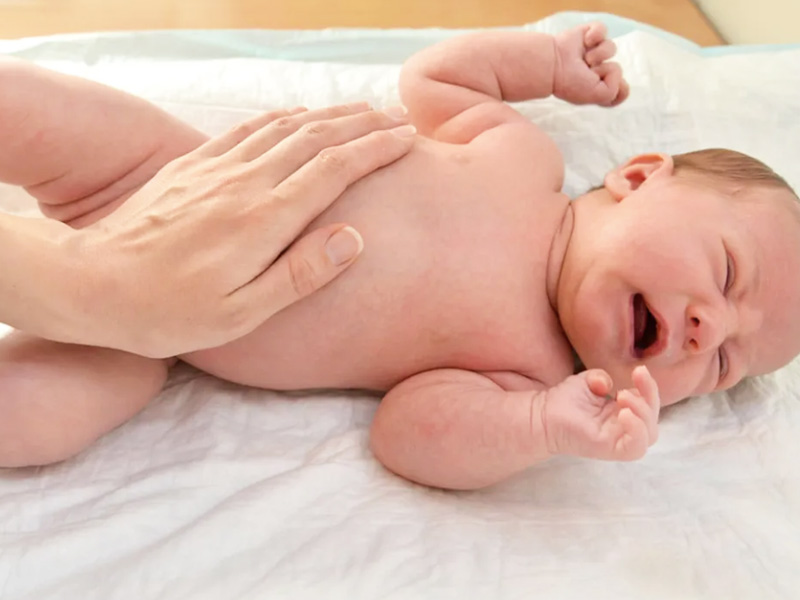
A bulge originating from an organ or a tissue is known as hernia, which can be of many types. This can happen in case of babies or children too, due to weak muscles. It may not be too noticeable so early but it generally develops before birth. Commonly affected areas with hernia for children are groin and belly button. It is said that premature babies tend to get hernia more than full term babies. A few regular straining activities may also lead to bigger size of hidden or less noticeable hernia. Learn more about the signs and keep a check.
Table of Content:-
What are the Symptoms of Hernia in Children?
Commonly identified signs and symptoms include the following:
- A round belly
- Pain in the belly
- Fever
- Crying and coughing due to stiffening of abdominal muscles
- Fullness of the belly
As mentioned, hernias appear as a bulge- In the belly, it is called the umbilical hernia while in the groin or scrotum it is called inguinal hernia. Simple regular activities such as lifting, crying may increase the size of the bulge and may become normal during relaxing time or sleeping. Any significant different observed in the two areas, especially after child birth must be reported to the doctor.

Also Read: Prolonged Lockdowns May Lead To These Chronic Ailments In Kids: Pediatricians’ Take
A few factors that even more increase the risk of your hernia in children are:
- A family history
- A reproductive health problem in either parents
- Cystic Fibrosis
- Undescended testes in boys
- Premature birth
Gender factor:
Before the birth, a baby boy’s testicles have to descend into the scrotum from his belly. This does not happen when hernia develops as the passage does not close, where a group of tissues from the bowel or ovary may become trapped. A swelling in the scrotum is an easy identification of hernia in boys than in girls.
Diagnosis of Hernia
A doctor can easily identify the presence of hernia by seeing a bulge in the groin. A medical history questions and careful physical examination is included. As a confirmatory, an ultrasound can be done.
Treatment for Hernia in Children
After diagnosis, the physician doctor will recommend a surgeon. A pediatric surgeon or urologist will perform the surgery to fix the hernia. The surgery involves pushing back the unwanted descended tissues into the abdomen, and the inguinal tunnel is closed.
Two types of surgeries could be performed:
- Laproscopic where small cuts through the belly are made through which instruments can be inserted to make the repairs
- In case of bowel tissue trap, incarcerated or strangulated procedure is carried out. Here, the tissue of the bowel is either removed or sewn back.
Caring for a Child with Hernia
Home care is possible for children yet depends on the age of the child, and complexity of the condition and surgery. A few simple steps could be followed with children:
- Continue a regular healthy diet, unless specified
- Recovery will be within 1-2 weeks
- Bathing may be restricted for a few days yet take care of the overall hygiene

Also Read: It Is Important To Get Flu Shots To Kids Amid The Pandemic, Paediatrician Explains Why
There is not too much to worry after the successful surgery. A few days rest is important to avoid any bleeding or infection. Initially, the child may be confused and/ or curious for which the surgeon will guide you. Zero to a few tablets maybe advised to treat pain, if any. If there is any swelling, it will go in a few days. A recurring hernia also holds a chance, so as a parent, one need to be observant in case of a bulge in and around the same area as the previous area of surgery. Contact the surgeon for further complications.
Read more articles in Children’s Health
Also watch this video
Read Next
Post Covid Syndrome In Children On Rise Post Second Wave. Know The Symptoms By Paediatrician
How we keep this article up to date:
We work with experts and keep a close eye on the latest in health and wellness. Whenever there is a new research or helpful information, we update our articles with accurate and useful advice.
Current Version